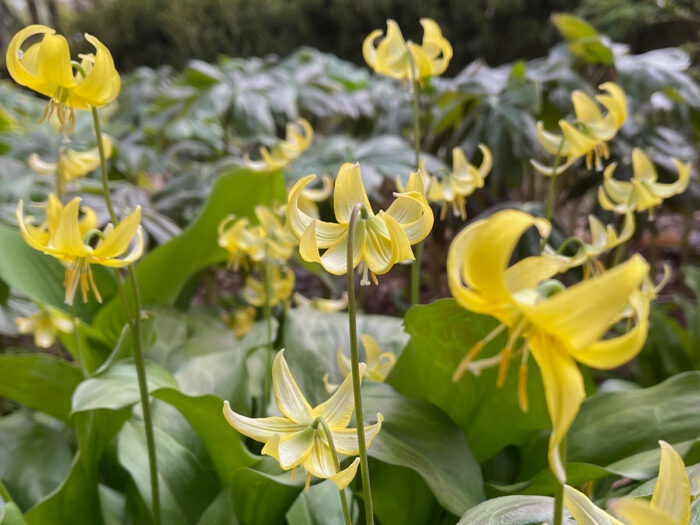
Buying bulbs was one of those autumn rituals that I looked forward to. It was something to do just as the cooler, crisp days arrived in mid-September or October. It was a ritualistic, nostalgic annual event that went hand-in-hand with apple picking and pumpkin carving.
But then my mailbox started getting stuffed with spring bulb catalogs in April and May, just when the last thing I wanted to think about buying was a daffodil or a tulip, as my garden was already in peak bloom. It just felt like harsh marketing on behalf of the bulb industry, and I couldn’t buy into it. But then things changed.
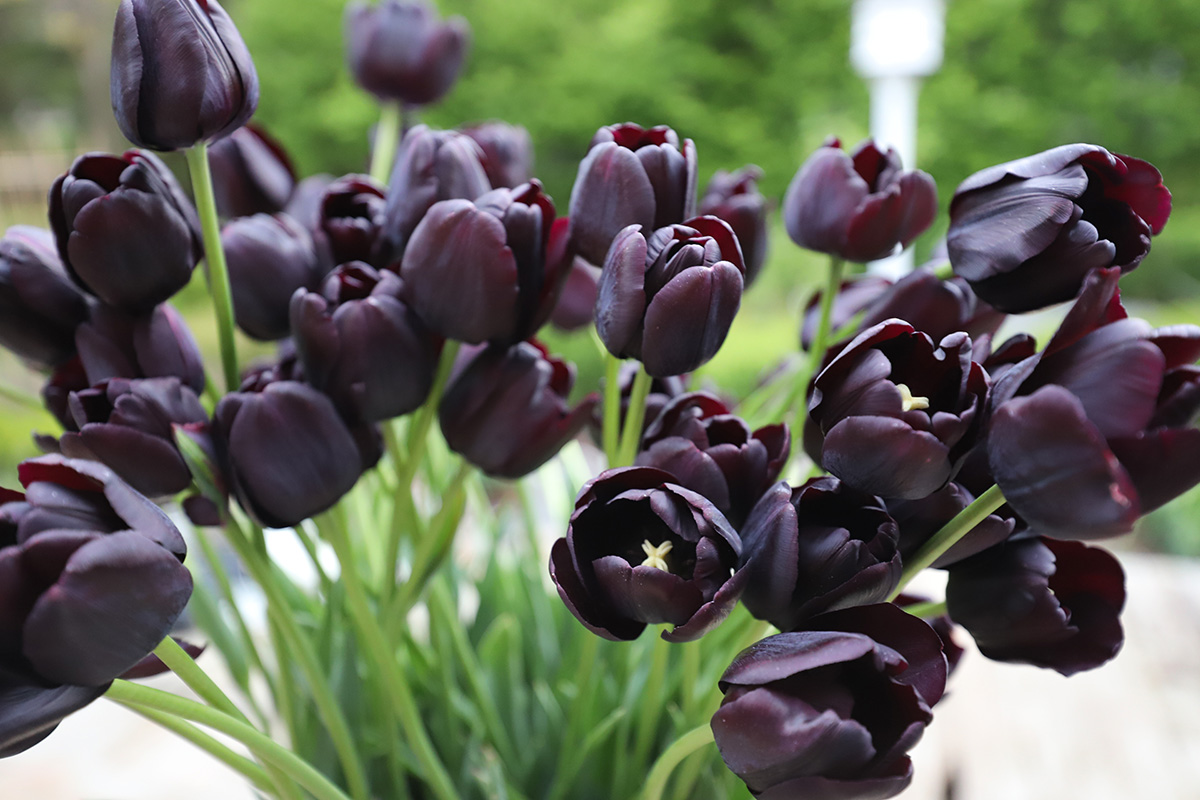
Why to order bulbs early
Maybe you, too, have had this experience: It’s late August or early September—still technically summer—and you’re thinking that you should be getting a jump on things. So you decide to order some fall bulbs. You find the perfect tulip and click on the thumbnail, only to discover that the one you want is already sold out. This can be incredibly frustrating. And if the bulb you want is rare, it’s even more likely to sell out quickly.
Ordering bulbs early has become the norm for many gardeners-in-the-know. While some of us may still wait until the commercial stock arrives at the local garden center (always a risky option if you’re looking for something in particular), experienced gardeners know that there are other reasons why one may wish to order bulbs early—for example, timing. Some bulbs just hate spending any time out of the ground. In particular, winter aconites (Eranthis spp. and cvs., Zones 3–7) truly dislike their tubers drying out.
(Tip: Make sure to buy from companies that dip their winter aconite tubers in wax to keep them hydrated.)
Snowdrops (Galanthus spp. and cvs., Zones 3–8) also prefer to be planted ASAP—immediately upon arrival—as do most fritillaries (Fritillaria spp. and cvs., Zones 3–8).
5 lesser-known bulbs to consider
There are many bulbs that should be planted in fall but aren’t traditionally thought about when it comes time to order spring-blooming bulbs. Here are five that you should not overlook and that will transform your garden next year.
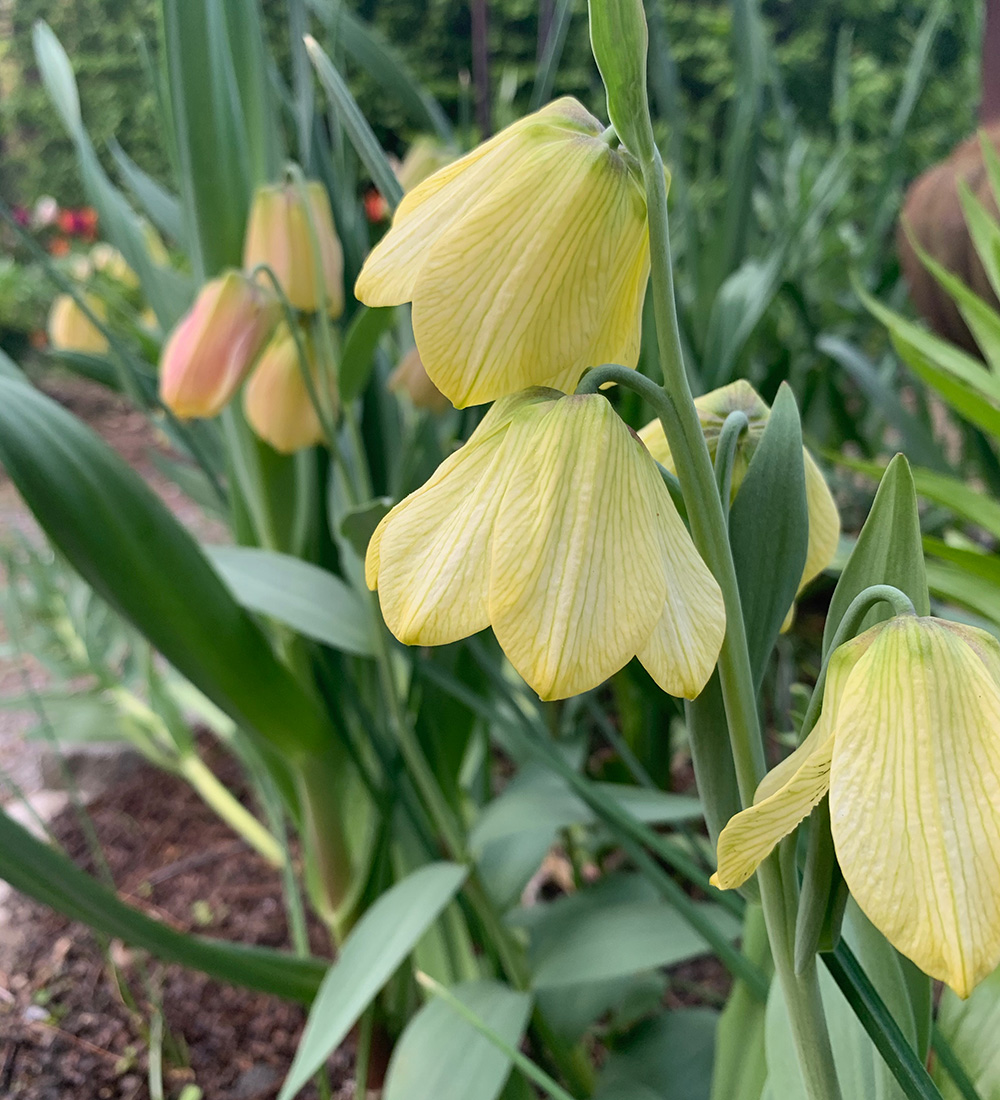
Siberian fritillary
Fritillaria pallidiflora, Zones 3–8
You may be familiar with this fritillary’s relative, the much more common snake’s head fritillary (Fritillaria meleagris, Zones 3–8), but this charming cousin is gorgeous and easy to grow. It’s just not all that easy to find at garden centers. Thankfully, many mail-order sources for Dutch bulbs carry it, but it must be ordered early. It sells out quickly.
A much showier selection than snake’s head fritillary, Siberian fritillary boasts large, pale ivory to yellow bell-shaped flowers that stand out in the garden compared to most other fritillaries, which tend to blend in with their muddier tones. Plant these bulbs in clumps, ideally in a woodland setting or a partially shaded area where you know you won’t risk disturbing their dormancy in summer. The good news is that this is one fritillary that returns for a better show in coming years.
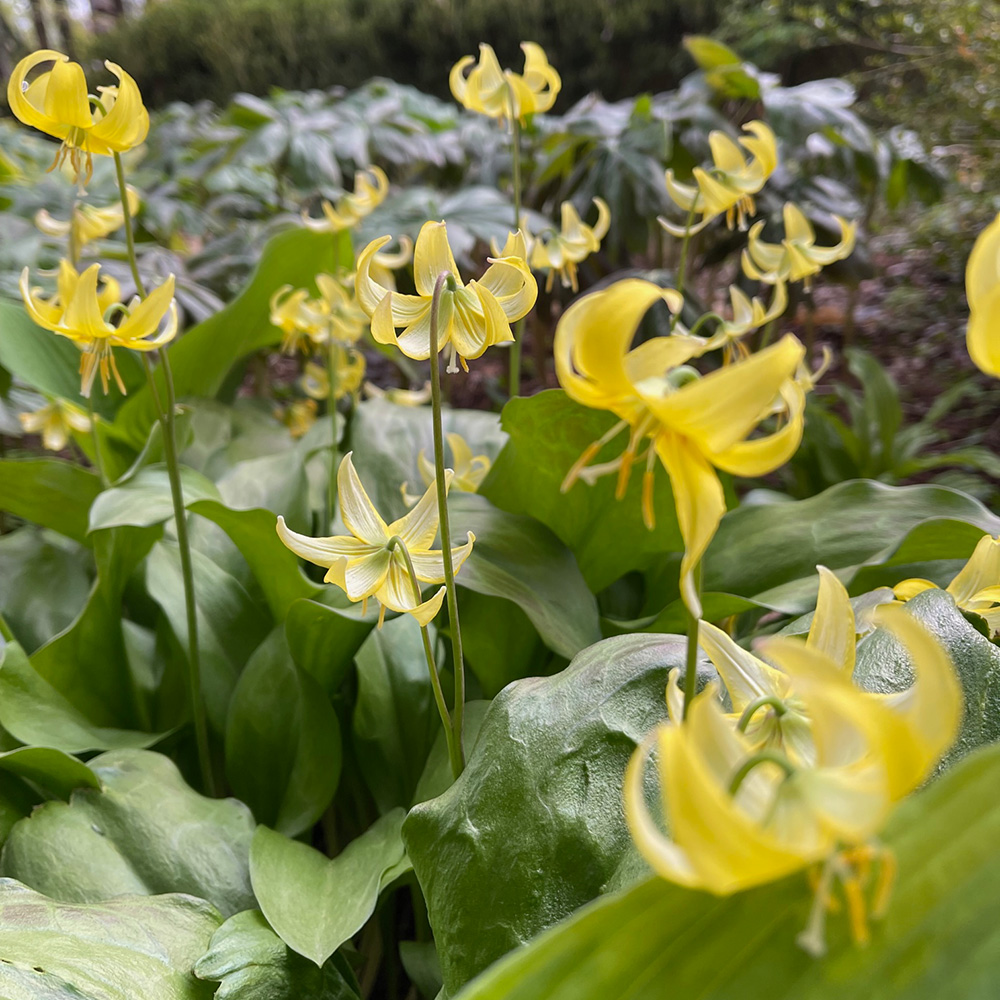
‘Pagoda’ trout lily
Erythronium ‘Pagoda’, Zones 4–9
This show-stopper is often overlooked by gardeners, as it seems too good to be true. Still, of all the species of trout lily (Erythronium spp. and cvs., Zones 3–9) that are difficult to grow, this hybrid selection is indeed a winner and virtually foolproof. It’s also very long-lived. This plant is worth investing in by buying bulbs in large numbers, but even a dozen will impress. Best of all, ‘Pagoda’ is affordable. Plant in either woodland conditions under deciduous trees or in a partial shade area where you can enjoy its midspring blooms up close. The broad foliage that emerges with the golden lilylike blooms is attractive in and of itself and often mottled with brown or maroon markings. Just know that the plants (including foliage) will completely disappear and go dormant by June, so plan on that. Try planting them around a late-emerging hosta (Hosta spp. and cvs., Zones 3–9) or among shrubs that leaf out later, like hydrangeas (Hydrangea spp. and cvs., Zones 3–8).
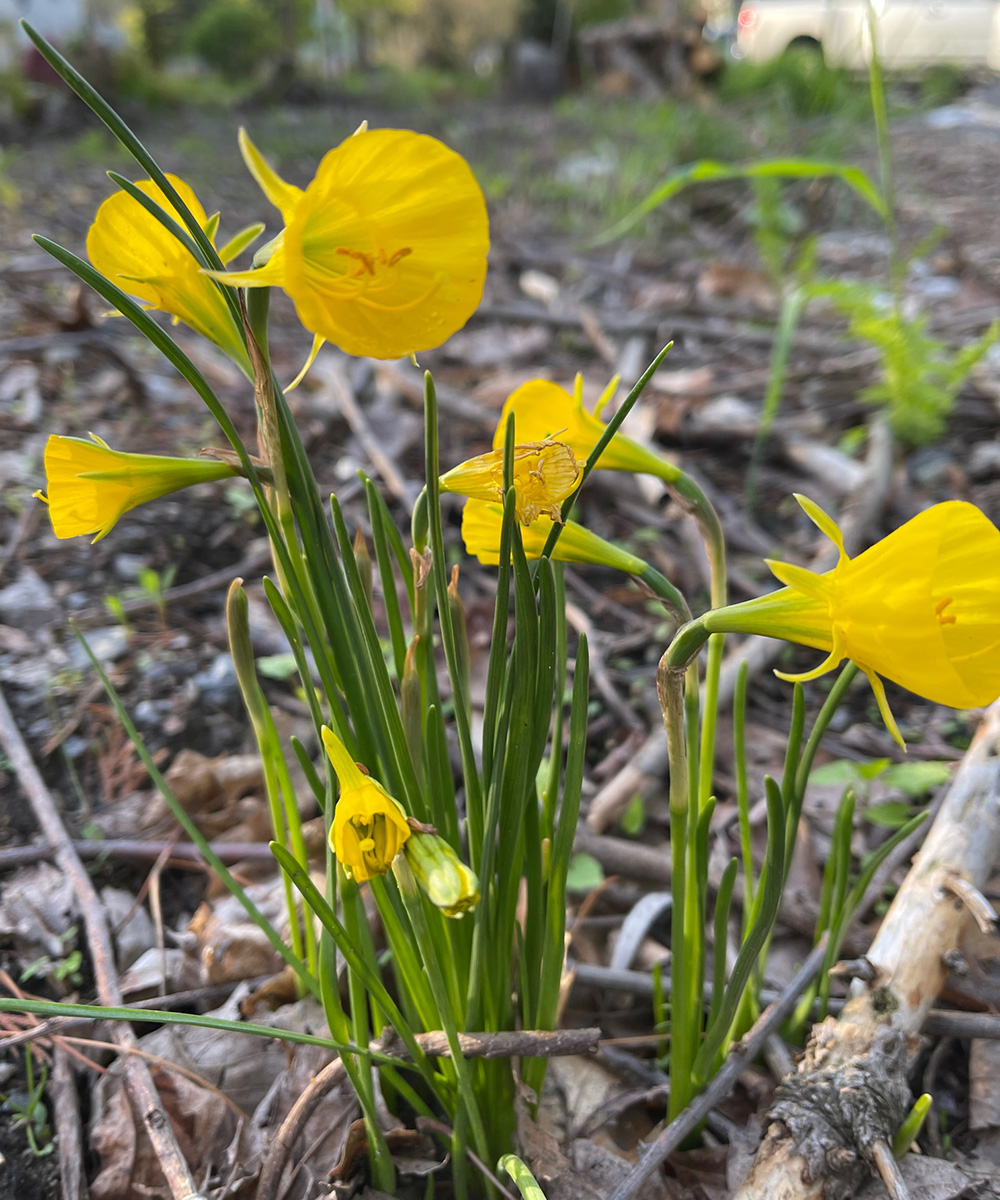
Hoop petticoat daffodil
Narcissus bulbocodium, Zones 4–9
The tiny hoop narcissus, or hoop petticoat daffodil, is always welcomed in a rock garden or near a walkway. Low growing, it’s a true miniature, but it always packs a punch of color very early in the year. The blossoms aren’t as tiny as you might imagine, and their bright yellow coronas stand out on overcast spring days. The best part is that this gem typically blooms before the more common larger daffodils, thus extending the daffodil season by kicking it off in early spring precisely when we need bright, sunny color the most.
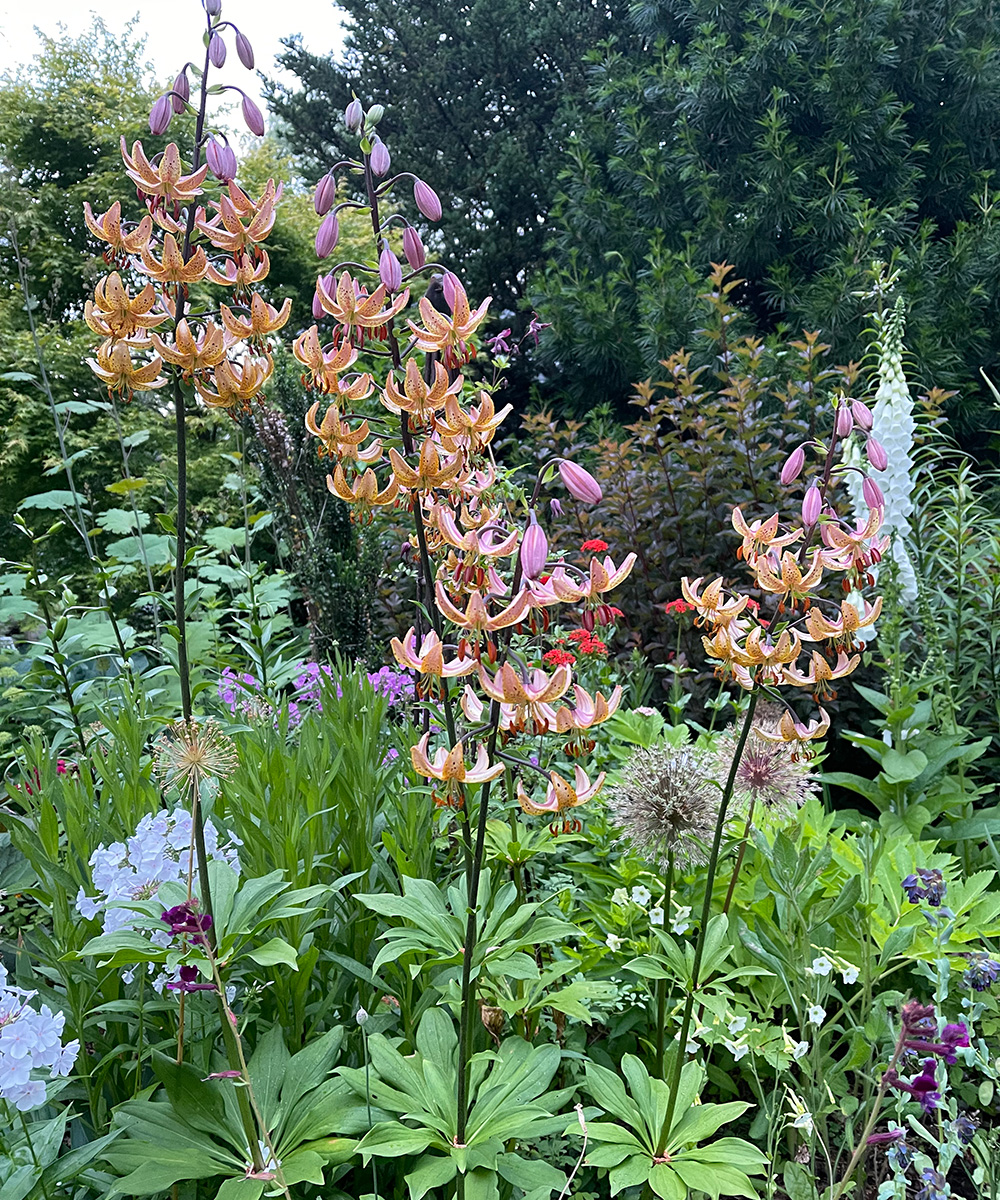
Lilies
Lilium spp. and cvs., Zones 3–10
While many of us rarely consider lilies as fall bulbs, autumn is the ideal time to plant them. Lily nurseries dig their bulbs up for shipment in late October. Experienced gardeners know that ordering them in summer is the best time to get the most desirable varieties, but also that lilies prefer to be fall planted versus spring planted. Order early to get first dibs on the newest strains or the best colors. As always with lilies, order a dozen or more to produce a stunning mass planting. They are much more affordable now than ever before, and a picture of their display next July will bring down the internet.
Lilies must be ordered early if you want a rare or specific variety from a specialty lily nursery. However, lilies that are sold in general catalogs or from other sources that sell multiple plants will likely be more available.
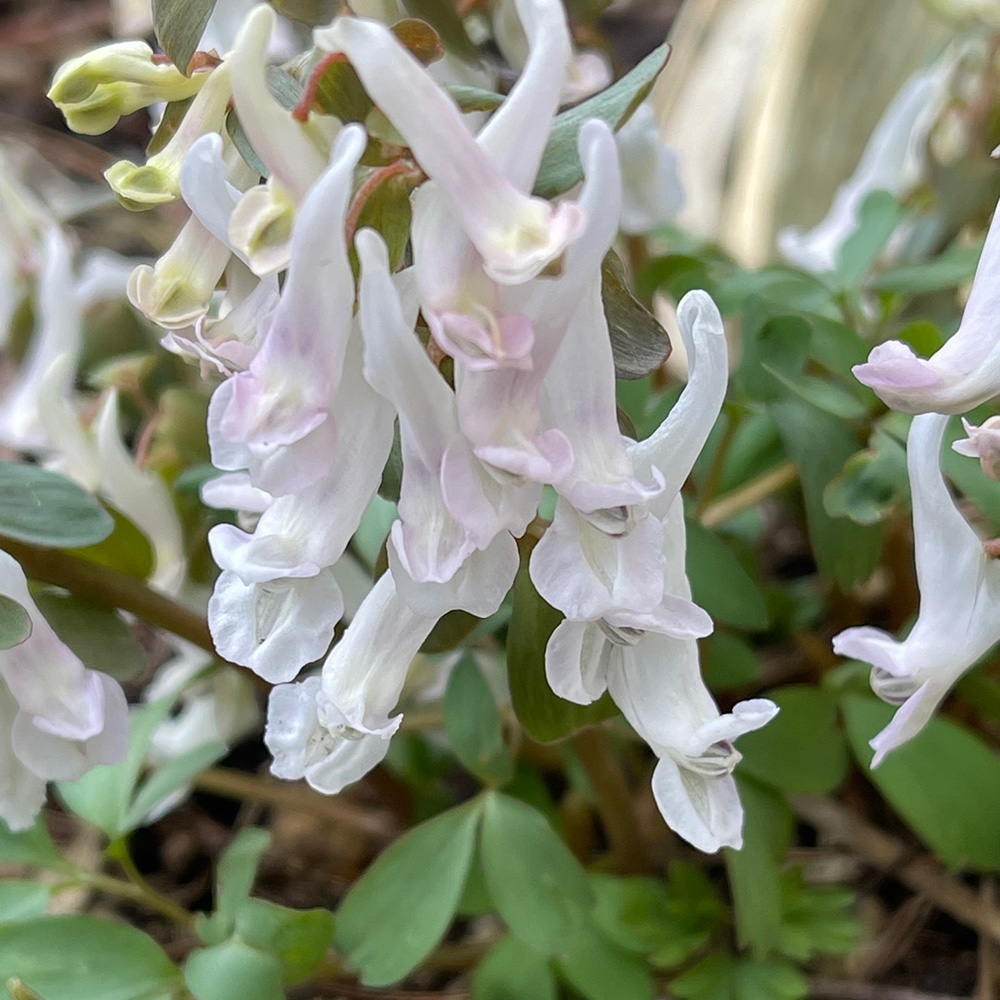
Fumewort
Corydalis solida, Zones 3–9
Fumewort is perhaps the most overlooked of all spring-blooming bulbs, but only because it confuses people unfamiliar with its growing habit. While it’s true that most corydalis are herbaceous perennials, this one is indeed a bulb and one of the best spring-blooming bulbs out there, even though few of us seem to know of it. The thing about fumewort is that it puts on a fantastic show that gets better with each passing year, producing more flowers until the clump of bulbs needs to be divided.
Plant the bulbs along with other early bloomers, like snowdrops, spring ephemerals, or hellebores (Helleborus spp. and cvs., Zones 4–9). Planting them like this will remind you where they are in midsummer, as fumewort plants will disappear by June and you don’t want to dig them up accidentally.
For more information on spring-blooming bulbs, check out Fall Bulb Planting: Everything You Need to Know for a Spectacular Spring Show. And for more Northeast regional reports, click here.
—Matt Mattus is the author of two books: Mastering the Art of Flower Gardening and Mastering the Art of Vegetable Gardening. He gardens in Worcester, Massachusetts.
Photos: Matt Mattus
Fine Gardening Recommended Products

Lee Valley Garden Knife
Fine Gardening receives a commission for items purchased through links on this site, including Amazon Associates and other affiliate advertising programs.

Gardener's Supply Company Summerweight Fabric Plant Cover
Fine Gardening receives a commission for items purchased through links on this site, including Amazon Associates and other affiliate advertising programs.

Corona E-Grip Trowel
Fine Gardening receives a commission for items purchased through links on this site, including Amazon Associates and other affiliate advertising programs.



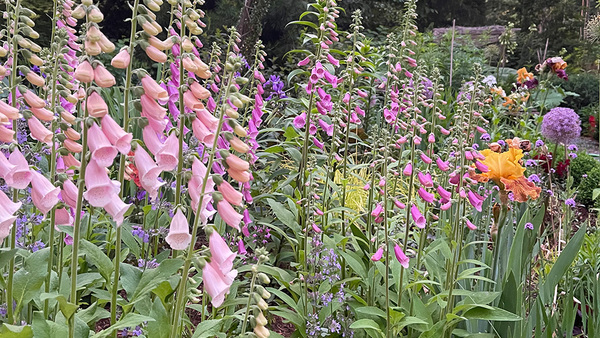
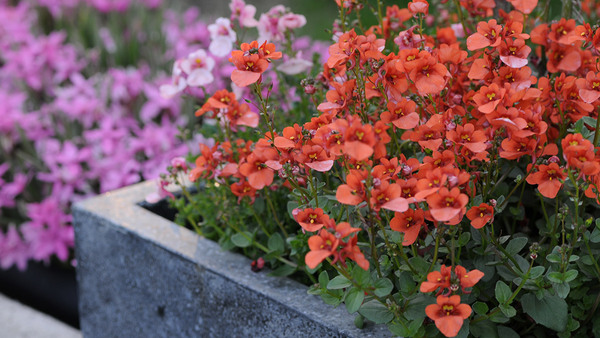
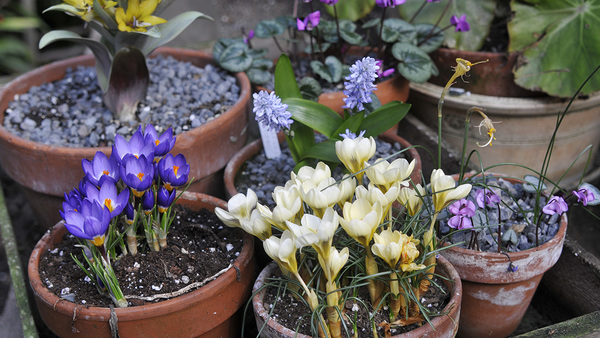













Comments
your blog is fantastic we need to be more information about gardening and the value of greenery!
There are no Siberian Frittilary to be found anywhere. I would suggest that this be researched by the editors before publishing an article about something that can’t be sourced.
Log in or create an account to post a comment.
Sign up Log in